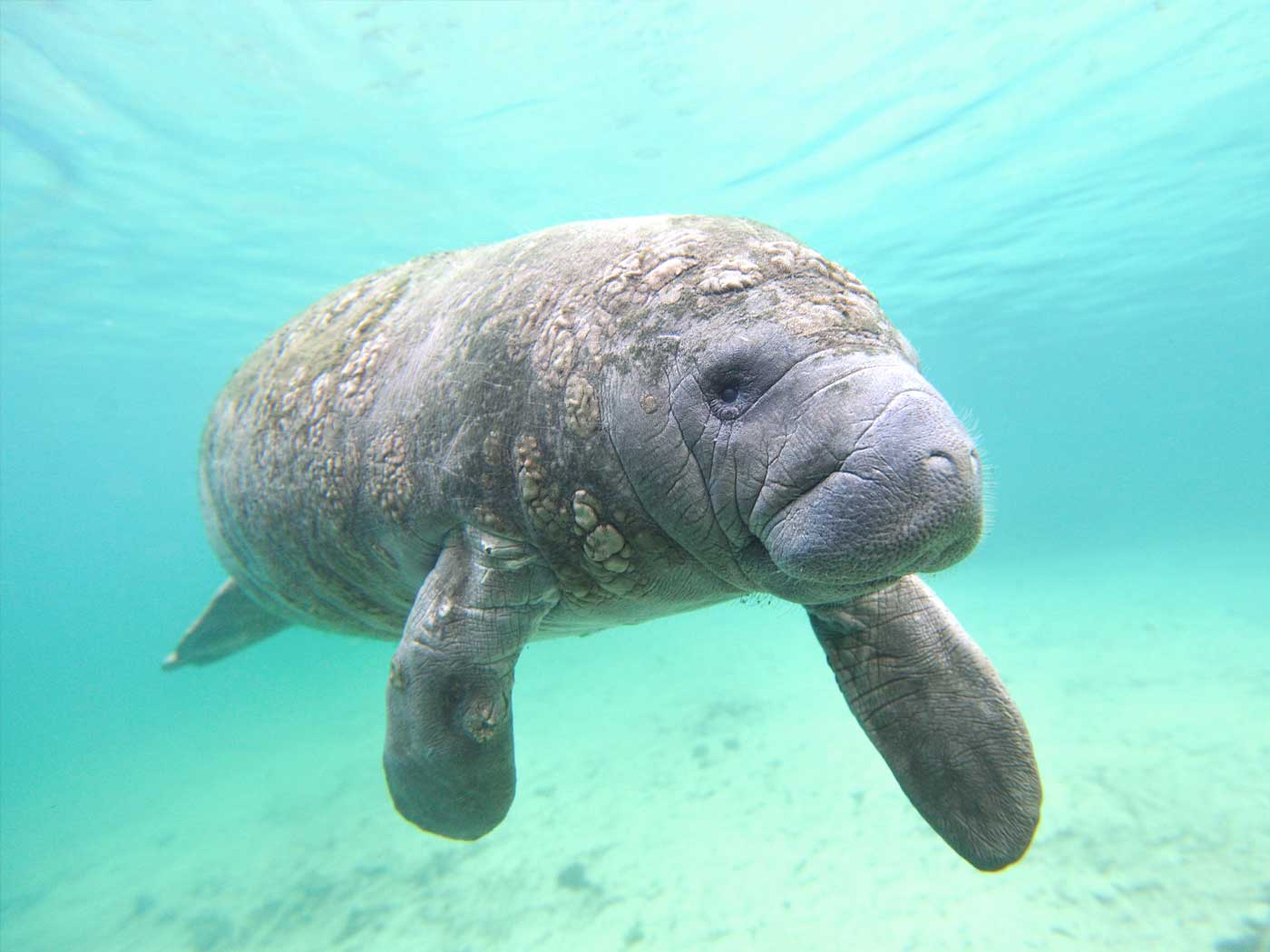New research from Oregon State University revealed that a bird’s bone configuration is essential to the unique way it breathes. The study, published online in the Journal of Morphology, effectively determined that if a bird’s legs or ribs were removed or significantly altered, it would suffocate. The discovery demonstrates that, in spite of popular belief, dinosaurs could not have evolved into birds.
One conclusion that directly follows from this research is that without the precise configuration of ribs, pelvis, and thigh bones, as well as musculature—all of which remain nearly stationary even while birds are walking or running—the air sacs would collapse and the birds would die. The study’s co-author, OSU zoologist Devon Quick, stated in a university news release, “It’s really strange that no one realized this before. The position of the thigh bone and muscles in birds is critical to their lung function, which in turn is what gives them enough lung capacity for flight.”1 Specifically, “in birds, normal lung function requires extensive…air-sacs ventilated by an expansive sternum and specially hinged costal ribs…[as well as a] specialized femoral-thigh complex.”2
These features are not found in the fossils of theropods, from which birds supposedly evolved. The two-legged dinosaurs had a significantly different leg structure and function. Unlike birds which run from the knee, the mobility of theropod femurs was essential to their mode of locomotion.
Scientists have long pointed to similarities between bird and dinosaur legs, but birds’ unusual bone structure means that dinosaur lungs could not have operated the same way as birds’. In considering crocodile lung and skeletal anatomy as a model for large reptile forms like theropods, the authors wrote, “The likely absence of bird-like pulmonary function in theropods is inconsistent with suggestions of cardiovascular anatomy more sophisticated than that of modern crocodilians.”2
No theropod skeletal structure comes close to the requirements for bird-breathing, let alone for flight.3 The recent study adds to OSU zoologist John Ruben’s longstanding work on this subject. He had pointed out in 1997 that the lung design of theropods is set up like a bellows, with air moving in and out of one passageway. This contrasts with the continuous flow-through, two-passageway bird lung. Ruben concluded at that time that the crocodile-like bellows-lungs in theropods were structured incorrectly for the high metabolism of warm-blooded creatures like birds. This new research on birds’ skeletal structure makes belief in theropod-to-bird evolution that much more problematic.
The research, however, is consistent with the Genesis record, which states that birds were created after their own kinds. And land creatures, including dinosaurs, were created on the following day—each with the ability to reproduce more of its own kind.4 Thus, the biblical order of origin is the opposite of evolutionary theory, which holds that dinosaurs came first. Interestingly, bird fossils are also in the opposite order, as Ruben pointed out: “For one thing, birds are found earlier in the fossil record than the dinosaurs they are supposed to have descended from.”1
Ruben suggested that birds evolved from some reptilian form, but separately from theropods. Genesis suggests that they did not evolve at all. Since there are no bird transitional forms in the fossil record, since the most reliable written record of origins leaves no room for bird evolution, and since both the science of biophysics and inductive reasoning refute it, the time is overdue to issue a recall on the long-cherished naturalistic theory that theropod descendants developed into birds.
References
- Discovery raises new doubts about dinosaur-bird links. Oregon State University press, June 9, 2009.
- Quick, D.E. and Ruben, J.A. Cardio-pulmonary anatomy in theropod dinosaurs: Implications from extant archosaurs. Journal of Morphology. Published online before print May 20, 2009.
- Ruben, J. A. et al. 1997. Lung Structure and Ventilation in Theropod Dinosaurs and Early Birds. Science. 278 (5341):1267-1270.
- Genesis 1:20-25.
* Mr. Thomas is Science Writer at the Institute for Creation Research.
Article posted on June 22, 2009.

























